We rise each morning with the gift of choice—to continue as we had from the day before, or to try our hand at something better, however we may define that for ourselves.
One day, I awoke to the reality that I’d lost sight of this, recalibrating my entire life around a career in the music business, putting everything and everyone else first. I’d forgotten that ‘better’ didn’t always mean more money, recognition (not that there is much in this business) or working with the next big act. With every day that had passed, I’d chosen to stay the course—wash, rinse, repeat—slowly dimming the light within me. Sure, some of the fault resided with the societal pressures placed on women to work twice as hard just to get ahead or paid fairly, but if I hadn’t also accepted some of the blame, nothing would have changed. It wasn’t that I wasn’t enjoying my work, but there was something missing.

I found strength in becoming a voice of advocacy in media literacy.
‘Better’ for me had always meant doing things that enriched my life and the lives of others. It fed my spirit. Growing up, I struggled with severe body dysmorphia, depression and eating disorders. I’d suffered in silence for years, but when I finally entered into recovery, I found strength in becoming a voice of advocacy in media literacy. I bore a responsibility to speak up about the media’s impact on what I believed to be a generation of girls (and boys) with low self-esteem.
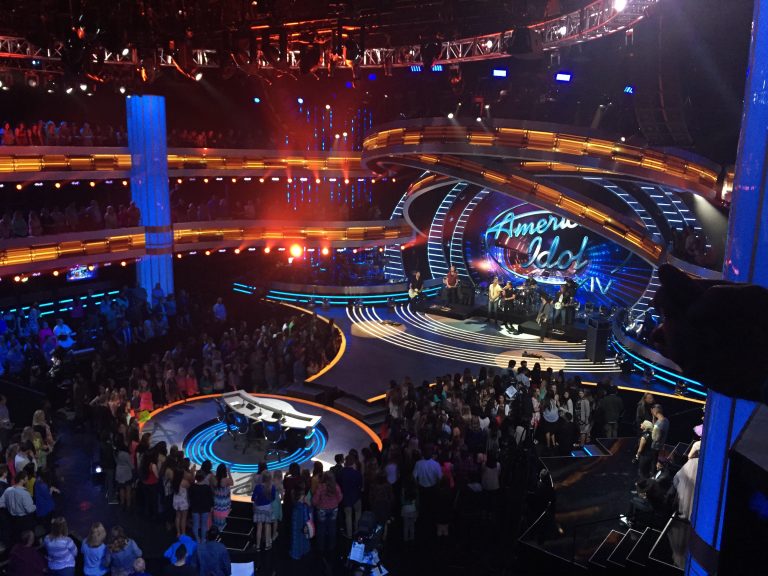
Ironically, it was after that I dove deeper into the belly of the beast that is the entertainment industry. Through the years of working from within, I was constantly bumping up against a still-pervasive sexism and combating mainstream perspectives on beauty standards proved challenging. The days were long and the stress was constant. Toughest of all, my inspiration was beginning to run dry. When I awoke to the reality that I’d lost myself to my work, I knew something had to change.
I committed myself to making time outside of work for other fulfilling things—yoga, hiking, volunteering, photography, travel… but when my wife, Tina, suggested that we buy road bikes, I had no idea what I was getting myself into. All I knew was that it would enable me to be active where I was happiest—the outdoors. Being outside reminds me of the true complexity of our world and the role we each play within it. It gives me a greater sense of purpose beyond the flashiness of Hollywood. How grand the ocean—how magnificent the mountains… this is where my soul goes to breathe.
But as my rides went from 5 miles to 10, 15 to 30 then 40 to 80, I finally accepted lycra into my life as a matter of necessity.
Cycling was never something I would’ve expected to take too seriously. For one, it’s almost an entirely male-dominated sport. Second, the clothing… In the beginning, this was a non-negotiable. Ugly patterned jerseys, padded skin-tight shorts, accentuating my least favorite assets, no thank you. Talk about reigniting body image issues. But as my rides went from 5 miles to 10, 15 to 30 then 40 to 80, I finally accepted lycra into my life as a matter of necessity. Tina’s competitive athletic history fueled her and in turn, fueled my inspiration as well. Soon, I was waking up with the sun and riding before work, as my mind riffled through career-related clutter from the day before.
Cycling also did something else unexpected for me. Not only was I quickly blasting through every notion of what I’d thought I was physically capable of, but it was teaching me to relax into my own skin, accept my physical flaws and work through the internal ones. For the first time in my adult life, I was truly forgetting self-consciousness and was instead focusing my energy on using my body for what it was built to do, move. As my strength grew, I yearned to do something more.
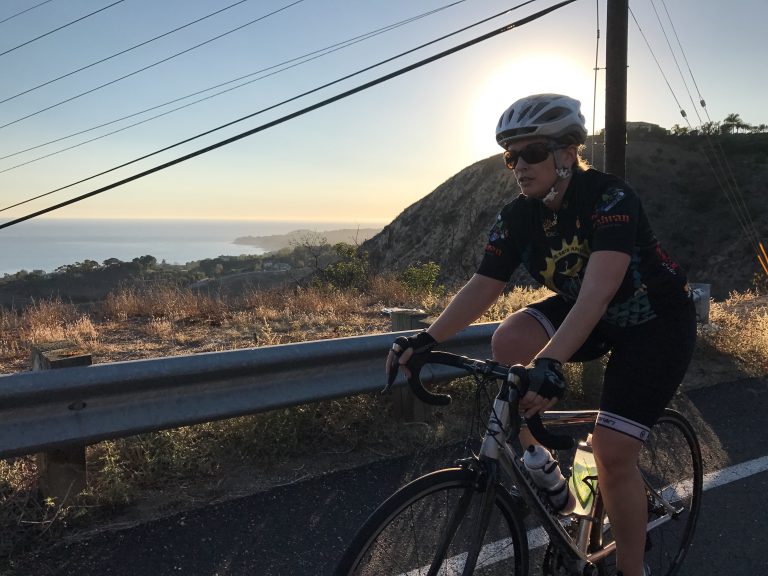
When I first learned about AIDS/LifeCycle (ALC), a 7-day, 545-mile ride from San Francisco to Los Angeles, I thought it was completely out of the question for me. Then again, it’s always easier to find excuses why not to attempt something. The more I learned about ALC and met people whose lives were literally saved by the funds it raised, the more I wanted in. The ride benefits the San Francisco AIDS Foundation and the Los Angeles LGBT Center. Most importantly, as members of the LGBT community, it meant we would be able to give back not just with money, but also in blood, sweat and tears.
In a flash of a second, all confidence had been lost.
Tina and I signed up for the 2016 AIDS/LifeCycle and began training immediately. I rode in the mornings and on weekends, slowly getting stronger and stronger. One beautiful spring day in 2016, a week and a half before the big ride, I was on what was to be a standard 60-mile training ride when I hit a bad patch in the road and slammed into the ground hard enough to fracture my pelvis. In a flash of a second, all confidence had been lost. There would be no ALC ride for me.
Accidents happen. It’s a lesson we all learn at some point, but I struggled to accept it as reality. I scolded myself for being so clumsy. How could I have fallen when I was at my strongest? How could something that happened so quickly have taken away so much? The recovery from a broken pelvis was anything but easy. At first, I couldn’t walk. Then it meant using a walker, then crutches and months of physical therapy. I wondered if I’d ever be able to safely ride again, but with the support of my wife, whose competitive nature challenged me to grow mentally and physically, I did. And I kept doing it. In time, we decided to sign up for the 2017 AIDS/LifeCycle ride, and again, I said no to fear.
Who would’ve known that I could find this secret place within me—this purely meditative state—in which I am at my sharpest and most unreservedly creative, all from the saddle of a bike? A place where ideas and answers flow freely.
Nearly one year post-accident, I am now a stronger cyclist than I’ve ever been, doing tougher rides and incorporating more strenuous hill training. The climbs are the hardest for me and I’m slower than I’d like to be, but the fact that I’m doing this at all still mystifies me. Not many people attempt to climb 5,000 feet of elevation or ride uphill for 15 miles non-stop, but I choose to because I’m proving to myself that I can, and because it means that I’m that much closer to being ready for AIDS/LifeCycle.
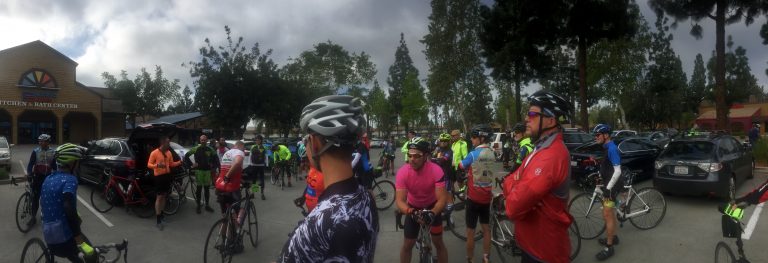
Perhaps the greatest lesson of all has been learning to love the process of proving my self-doubt wrong. Fear never fully goes away, but sits idly by and watches its power over you dwindle. When cycling came into my life, a newfound freedom was born within me. When I’m out pedaling on the road, out of breath and sweating more than I care to admit, my mind is at its clearest. Who would’ve known that I could find this secret place within me—this purely meditative state—in which I am at my sharpest and most unreservedly creative, all from the saddle of a bike? A place where ideas and answers flow freely. I often think to myself just how fortunate I am to have found a way to nurture myself whilst simultaneously helping others.
This year, Tina and I proudly joined Team FUBAR, an ALC team that totes the slogan, ‘Find strength in the struggle.’ I couldn’t have found a more fitting team to call my own, for it is a community filled with loving, supportive cyclists from all experience levels and all walks of life. We are all struggling together for one common goal – to ride to end AIDS.
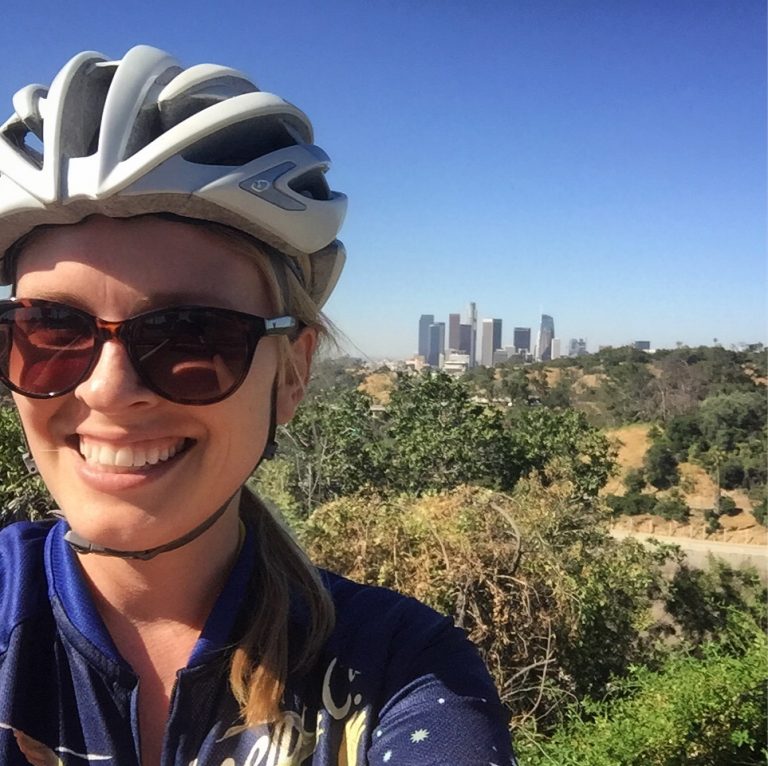
On June 4, 2017, we will embark on our weeklong journey through California, passing through towns big and small, met with signs, hugs and cheers from advocates and those who’ve been affected by or lost someone to HIV/AIDS. Please follow my journey on Instagram (@ladyspeaker) and support my fundraising campaign if you are able. No dollar amount is too small. On my behalf and on the behalf of those whose lives you might just be saving, thank you. May we all find what striving for ‘better’ can do for us and for those who need us most.
Together, we can make a difference.
—B. W.

BRIE’S PERSONAL AIDS/LIFECYCLE FUNDRAISING PAGE
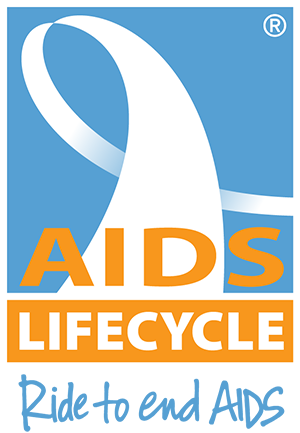
Additional Resources
HIV/AIDS Facts and Figures
Info on the LA LGBT Center
Info on the SF Aids Foundation
Where The Funds Raised Are Spent
(Go To The Los Angeles Lgbt Center And The San Francisco Aids Foundation)
Where the funds raised are spent (go to the Los Angeles LGBT Center and the San Francisco Aids Foundation):
Your gift(s) helps to provide the following essential services for prevention and care. While government funding sometimes provides the bulk of the resources to deliver vital services, private support like yours bridges the gap (an average of 30%) and provides us the resources to expand critical services beyond current government funding limitations and fully serve those in need.
- $50,000 can help a substance use counselor see 40 clients a year for harm reduction counseling, which integrates substance use, mental health, and HIV prevention and education
- $25,000 can help a half-time peer advocate see 50 clients for a year enabling them get to their doctor appointments and assisting them with daily living activities
- $15,000 can help 120 clients receive sexual health services, including HIV and STD tests, treatment, education and counseling
- $10,000 can help us provide substance use counseling services for more than 250 clients in one month
- $7,500 can help provide a nurse for one month to administer STI screenings and treatments to 100 clients
- $5,000 can help keep our mobile testing unit rolling for one year so that 2,400 people can be tested and counseled
- $2,500 can help four HIV-positive people receive safe and stable housing situations for one month
- $1,000 can help provide two Positive Force community forums where 150 men can learn more about HIV and how to live better and longer with HIV OR will cover the full cost of medical supplies for 40 patients
- $500 can help 15 people receive medical benefits counseling to obtain prescription drug assistance OR provide HIV prevention counseling to 60 teenagers
- $250 can help provide 20 Rapid HIV Antibody test to test people
- $175 can help provide case management for 15 HIV-positive clients who are homeless or at-risk for homelessness
- $150 can help provide 1,000 syringes through the street-based Syringe Access Service
- $100 can help provide the travel cost for a Treatment Advocacy Coordinator to attend the medical appointments of 25 clients, providing moral support and to help clients advocate for themselves OR one full year of medical supplies for 4 patients’ diseases in the community
- $25 can help a Financial Benefits counselor to assist one person in navigating the private and public benefits systems, including Medi-Cal, Medicare, CARE/HIPP, short-term disability, and Social Security
More info/mission statement for AIDS/LifeCycle:
AIDS/LifeCycle is co-produced by the San Francisco AIDS Foundation and the Los Angeles LGBT Center and is designed to advance their shared interests to end the pandemic and human suffering caused by AIDS.
The goals of AIDS/LifeCycle are to:
- Raise funds to support the HIV/AIDS services of the Los Angeles LGBT Center and the San Francisco AIDS Foundation;
- Increase awareness and knowledge about the services and programs offered by the benefiting organizations;
- Increase awareness and knowledge about HIV/AIDS among participants, their donors and the general public;
- Increase AIDS activism and volunteerism among the participant and donor communities, inspiring them to become ambassadors in the fight against AIDS;
- Provide a positive, life-affirming experience for people affected and infected by HIV;
- Contribute to an increased understanding of the disproportionate impact HIV has had on the GLBT communities in SF and LA;
- Encourage an environment of dignity and improved quality of life for those affected by HIV and AIDS.
QUICK HIV STATS
- More than 1.2 million people are living with HIV/AIDS in the United States
- About 37 million people are living with HIV/AIDS worldwide